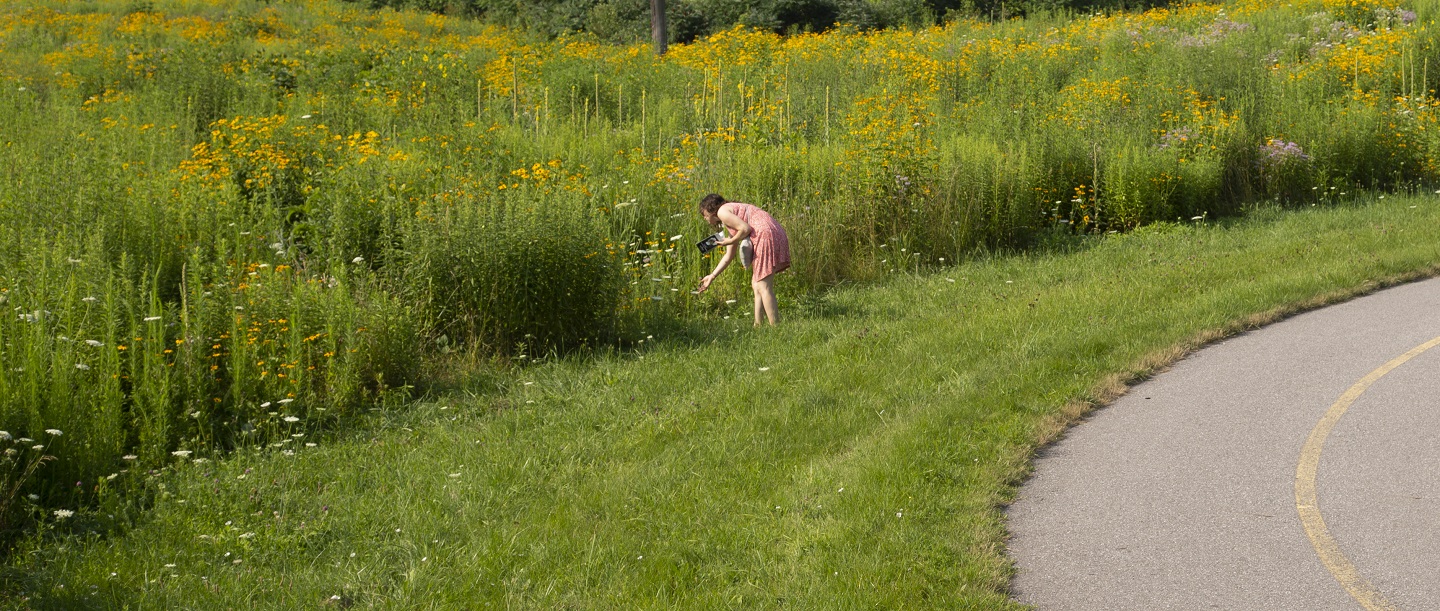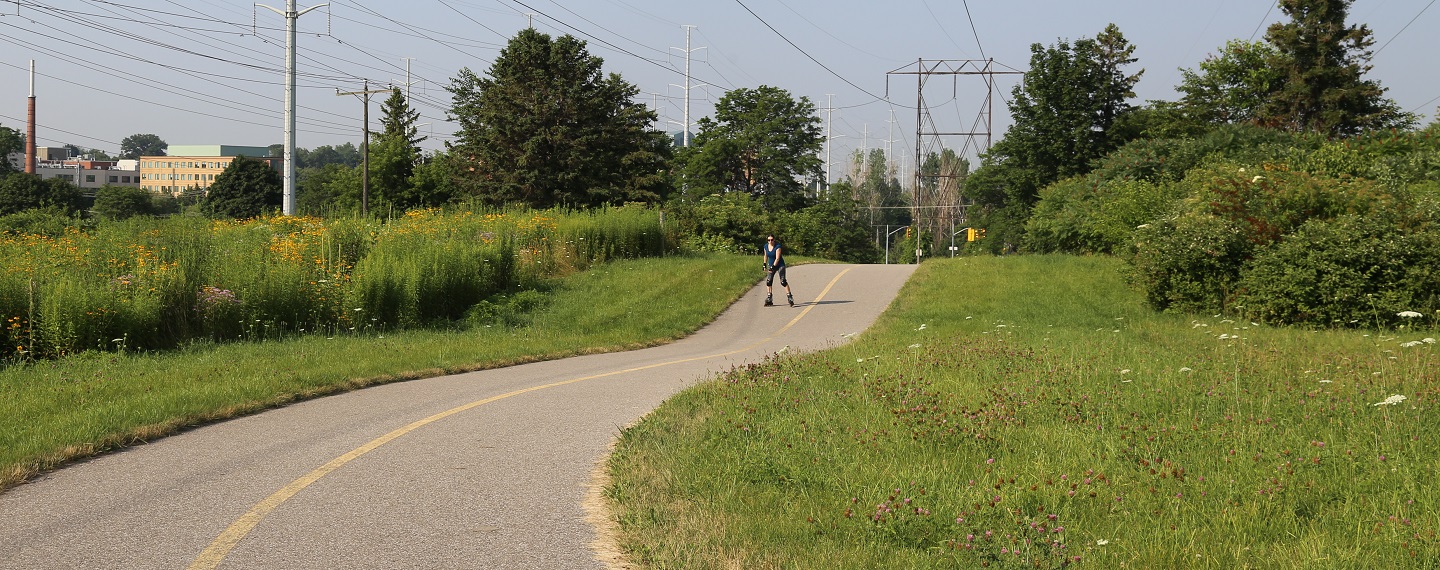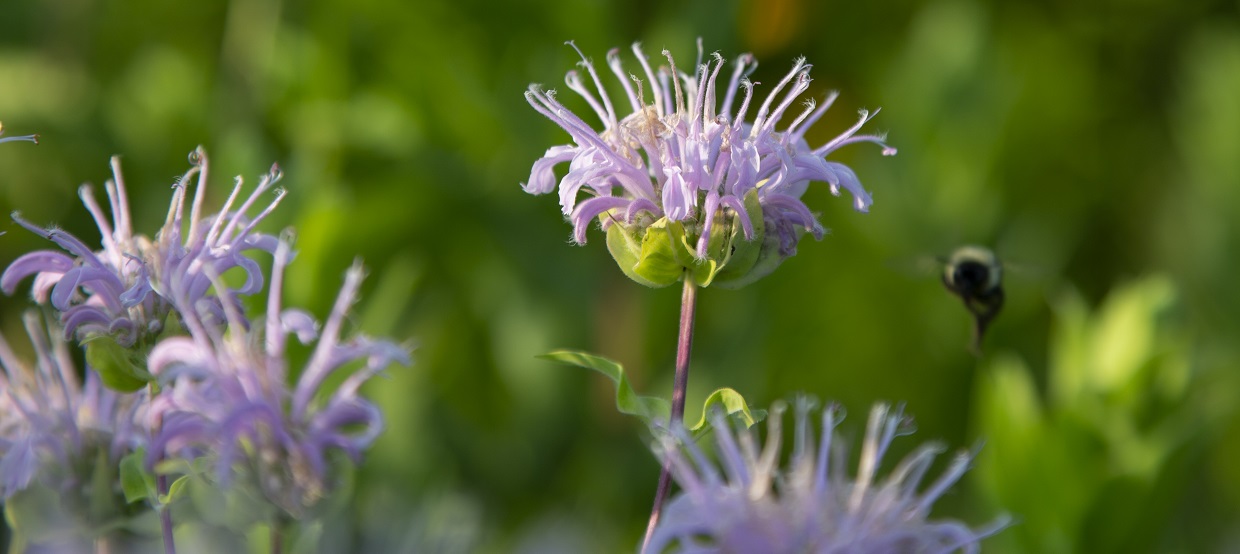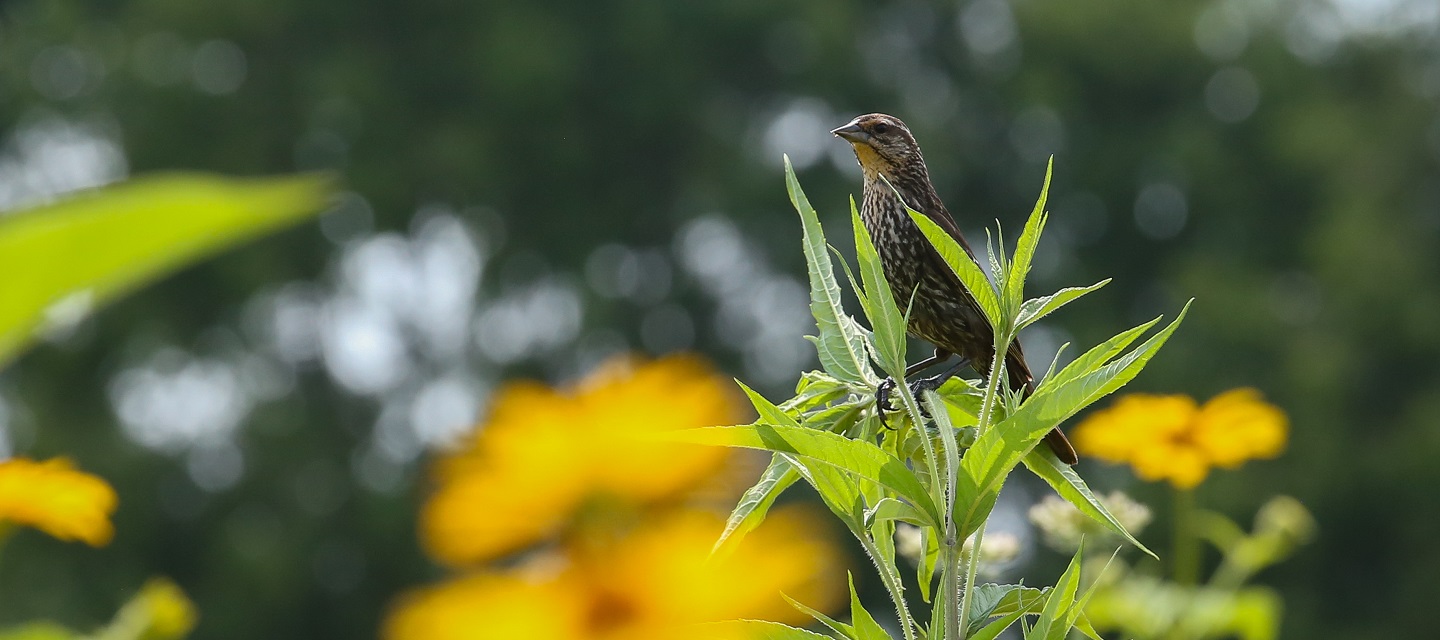
GUEST POST
Why Biodiversity Matters for Our Wellbeing
Posted April 16, 2020
Whenever I feel stressed, my instinct is to head to the ravine near my apartment and plunge into its green depths. There’s something about the sound of leaves underfoot and the light leaking through the canopy above that calms me.
Take a walk in a park: it’s something many of us intuitively do when we’re feeling anxious. It’s even something doctors have begun prescribing.

These days, with the Covid-19 pandemic keeping many of us in our homes for much of the day, the restorative and mental health benefits of nature are more apparent than ever.
That lunchtime walk through the park that remains open, or that run along a trail after dinner (staying safely physically distant, of course) helps us to cope with the uncertainty of our present moment.
As it turns out, our intuition to get into nature when we aren’t feeling great is backed up by science.
Pioneering research from the 1990s showed that exposure to nature — even getting a glimpse of it through a window — could reduce stress, improve concentration, and even help us heal faster.

This past research tended to paint nature with a single broad brush: green space is green space, whether a nature park or a lawn with trees.
But are all green spaces truly equal in their impact on wellbeing?
Newer research is going deeper, exploring responses to natural environments of different types. Researchers are investigating whether people’s sense of wellbeing is impacted differently by being in a formal garden, a neighbourhood park, a meadow, or a forest. Do we derive the same wellness benefits from each of these natural spaces?
It turns out that people report a greater sense of wellbeing in areas they perceive to be more biodiverse: natural areas that support a diversity of species and contribute to healthy, resilient ecosystems.

One study, for example, has found that people rate parks with a diversity of green plantings as having a greater restorative effect than parks with mowed lawns.
That’s what makes projects like The Meadoway so exciting. By restoring 16km of mostly mowed grass hydro corridor to a naturalized meadowland habitat with a connected trail system, it will give hundreds of thousands of Torontonians more direct access to biodiversity in their neighbourhoods — and an easier connection to other large natural parks such as Rouge National Urban Park and the Lower Don Ravine.
Biodiversity projects that restore native habitat like The Meadoway are often touted as critical for the ecological health of the city — and to be sure, this is true. But as research shows, they are also critical for our mental health and wellbeing.


Posted by Jake Tobin Garrett
Jake Tobin Garrett is Park People‘s manager of policy and planning.
This post is adapted from a feature on urban biodiversity in Park People’s upcoming Canadian City Parks Report 2020, which tracks the trends, challenges, and leading practices in city parks across the country.

